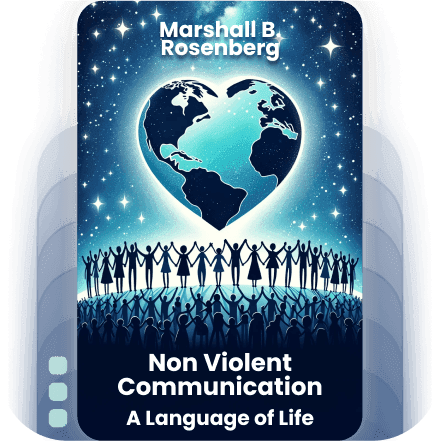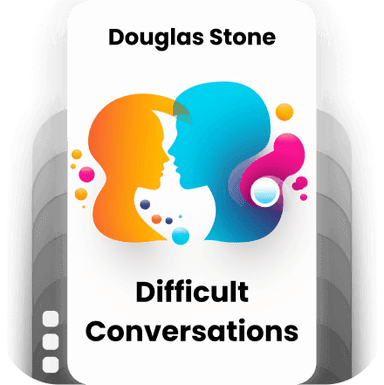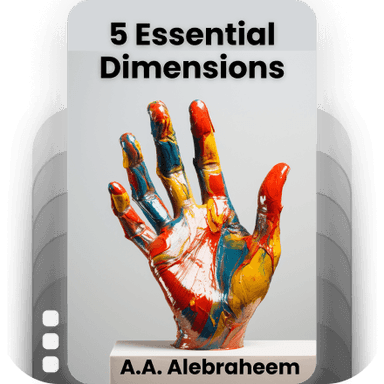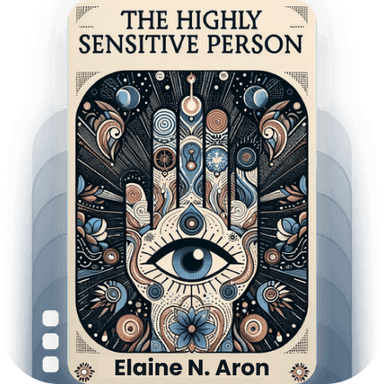
Non Violent Communication A Language of Life
Marshall B. Rosenberg
4.6 - 5 ratings
10
List Points
10
Chapters
5
Topics
Description
Marshall B. Rosenberg's seminal work delineates a transformative approach to interpersonal communication focused on fostering understanding and compassion. By emphasizing empathetic listening and honest expression, it offers practical tools for resolving conflicts and building healthier relationships, both personal and professional. Central to this method is the development of a language that eschews blame and judgment, instead prioritizing the articulation of one's own needs and feelings, and fostering a genuine connection. This approach aims to create a more harmonious and empathetic world by cultivating mutual respect and cooperation.
What will you learn?
Reading this book will equip you with the tools to transform your interactions and relationships by fostering empathy, understanding, and compassion through effective communication. You'll learn how to express your needs and feelings honestly without resorting to aggression or judgement, and how to listen to others in a way that affirms their dignity and worth. By mastering these skills, you can navigate conflicts more constructively and build stronger connections both personally and professionally, ultimately leading to more harmonious and fulfilling interactions.
Who’s it for?
• Individuals seeking to improve their interpersonal communication skills
• Conflict resolution professionals and mediators
• Educators and teachers aiming to foster empathetic communication in their classrooms
• Couples and families looking to enhance their relationships through better communication
• Social workers and therapists interested in integrating compassionate communication methods into their practice
Categories
Key Learning
Available chapters to listen for this topic- 1
Mastering Nonviolent Communication (NVC)
Understanding the core principles and framework of Nonviolent Communication, including the essential components of Observation, Feelings, Needs, and Requests. - 2
Connecting with Compassion
Learning how to foster empathy and mutual understanding in interactions by focusing on empathic listening and genuine expression of one’s own feelings and needs. - 3
Observing Without Evaluating
Differentiating between neutral observations and subjective evaluations to communicate more clearly and reduce misunderstandings and defensiveness. - 4
Expressing Feelings Effectively
Identifying and honestly expressing emotions without blame or criticism, promoting a more authentic connection between individuals. - 5
Identifying and Expressing Needs
Recognizing the universal human needs behind emotions and how to articulate them clearly to create constructive dialogues and interactions. - 6
Making Clear Requests
Formulating clear, positive, and actionable requests instead of demands to facilitate cooperative and constructive responses from others. - 7
Receiving Empathically
Developing skills to listen with empathy, ensuring others feel heard and understood, fostering connection and cooperation. - 8
Transforming Inner Criticisms
Applying NVC principles internally to cultivate self-compassion and replace self-judgment with more respectful and caring self-communication. - 9
Resolving Conflicts Peacefully
Implementing NVC strategies to address and resolve conflicts by focusing on mutual needs and collaborative solutions rather than opposing stances. - 10
Utilizing NVC in Various Contexts
Adapting the principles and techniques of NVC to different areas of life including personal relationships, professional environments, and social change initiatives to promote a culture of peace and compassion.
























